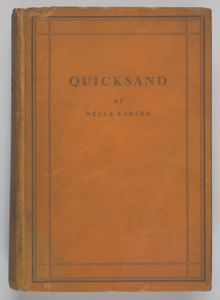Chart VII -- Bottom Deposits from Science of the sea. An elementary handbook of practical oceanography for travellers, sailors, and yachtsmen
View
@ Smithsonian Libraries
Challenger Society
Description
Science of the sea. An elementary handbook of practical oceanography for travellers, sailors, and yachtsmenChart VII -- Bottom DepositsApril 12, 1999. Rhea, my darling child, Our people have so much history that you should know and be proud of. Did your mummy ever tell you that I was a very good dancer? During Carnival time, I used to dance all day and night with my cousins! Not only was I the best dancer amongst them, but I also learned classical Indian dance from an older lady in our street. You ask how we are Indian and Trinidadian. After the British abolished slavery, they needed more people to work the sugarcane and cocoa plantations. They did not want to pay the newly freed people, who were formerly slaves, for their work. So, they start bringing in people from India to work. The first ship landed in 1845. They told us we would get free passage back to India after 5 years of working. Most people who worked the 5 years stayed in Trinidad. My grandmother crossed one sea looking for freedom, and that is the same thing your mother did. Since you are in American now, think of Trinidad as your motherland and India as your grandmotherland. Our family has had two migrations. That is our strength and pride. Love, Mama
No Copyright - United States
















